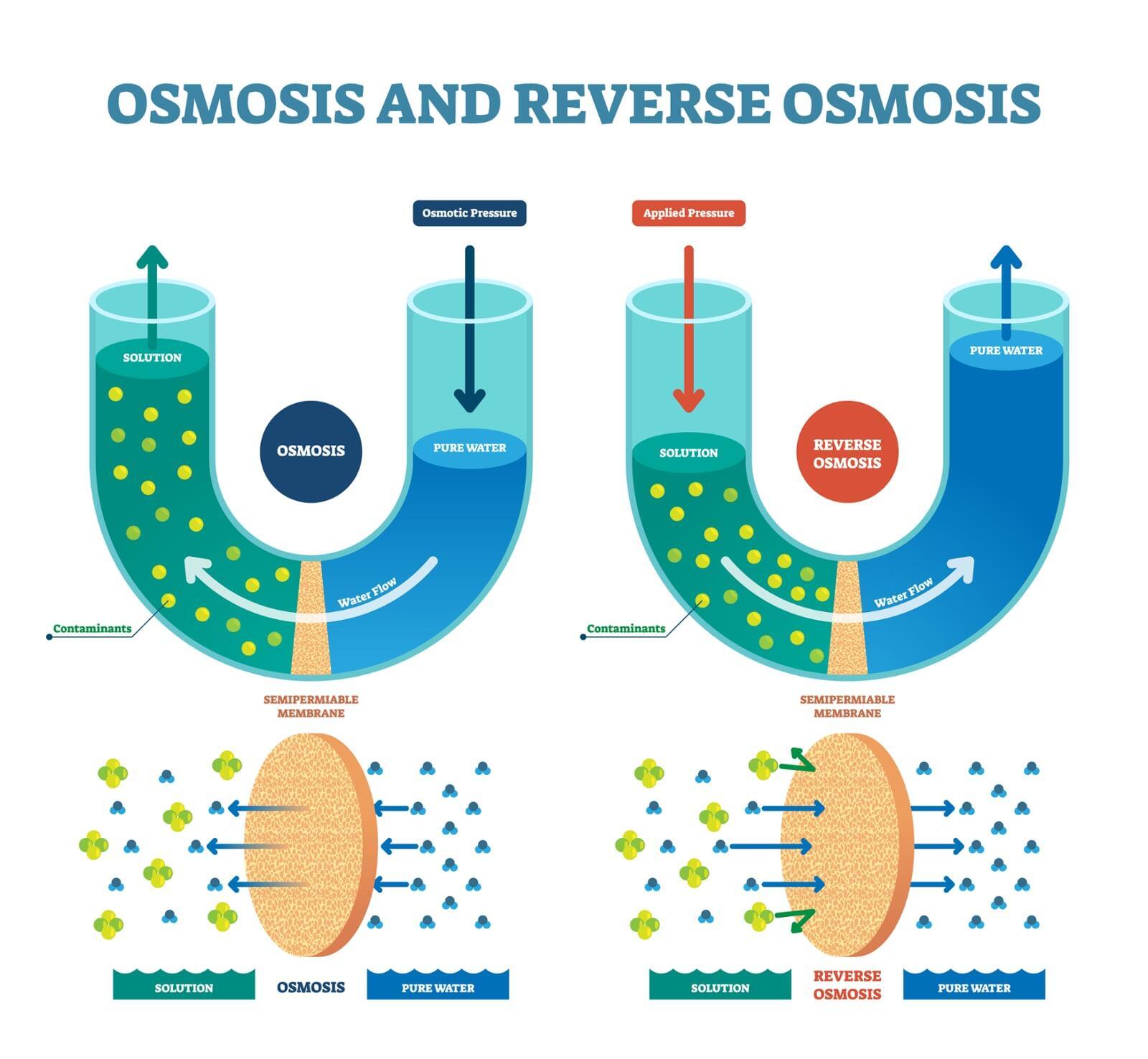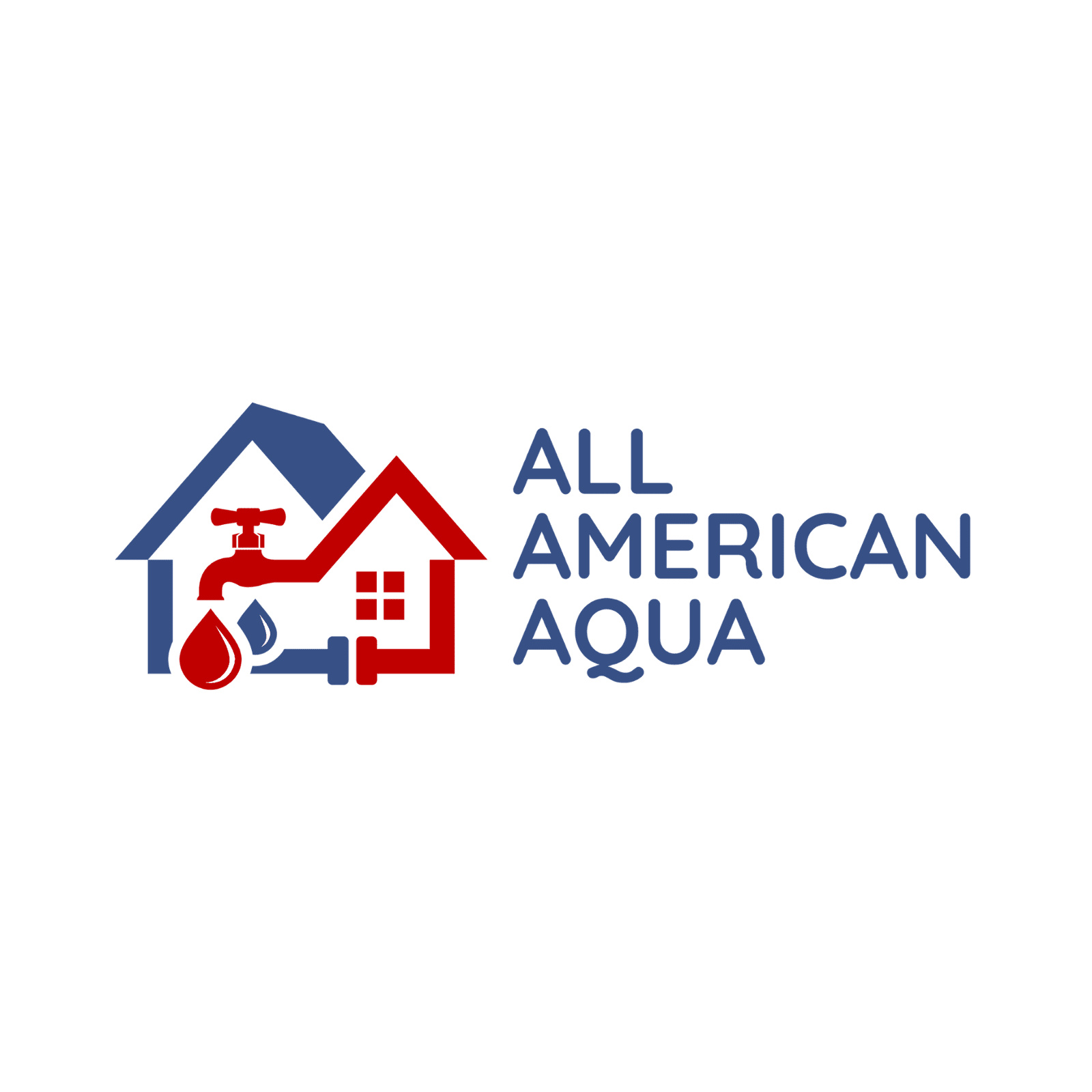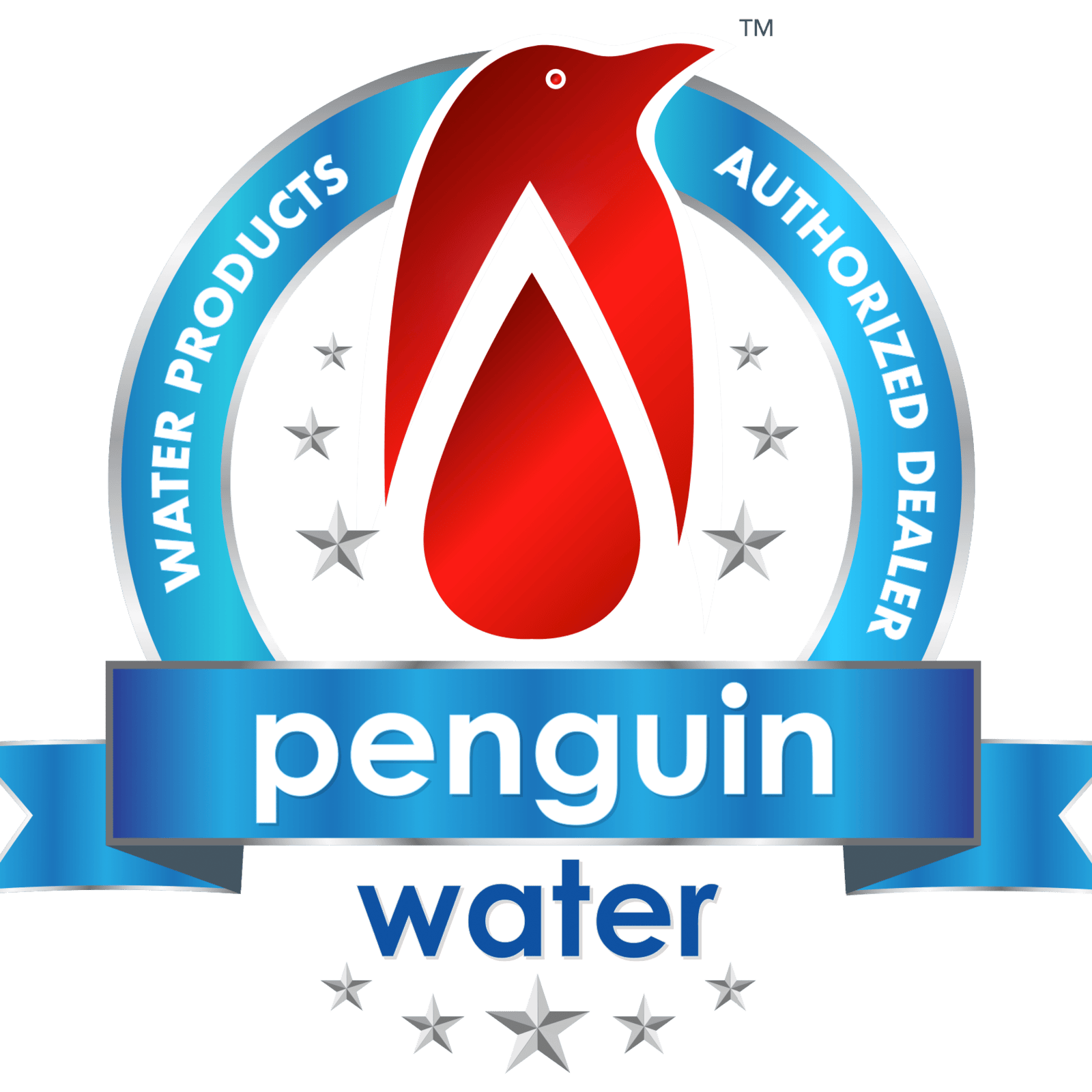Reverse osmosis is one of the most effective forms of water treatment, and is readily available and affordable today. But what exactly is reverse osmosis? Read on to find out what reverse osmosis is and what it can do for you.

Reverse osmosis is a mouthful to say, but it's pretty simple to understand once you understand the natural process of osmosis. In nature, when there are two solutions separated by a semipermeable membrane, the more concentrated solution will migrate to the solution with less concentration. This process is very important in biology since it guides the way water moves about in living things; for instance, it's the reason why there are distinctions between "freshwater" and "saltwater" fish and also how plants maintain their turgor.

Is reverse osmosis right for you?
If your water doesn't taste or smell good and your family can't stop buying bottled water, then an RO system is the product for you! Contact us today to find out which system best suits your needs!

